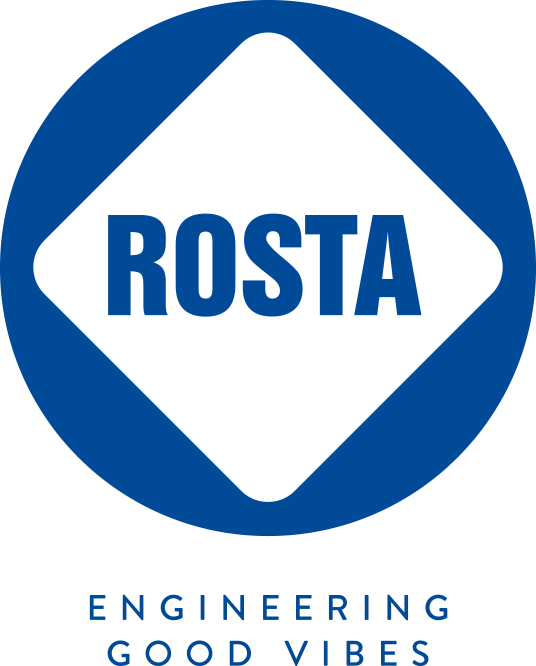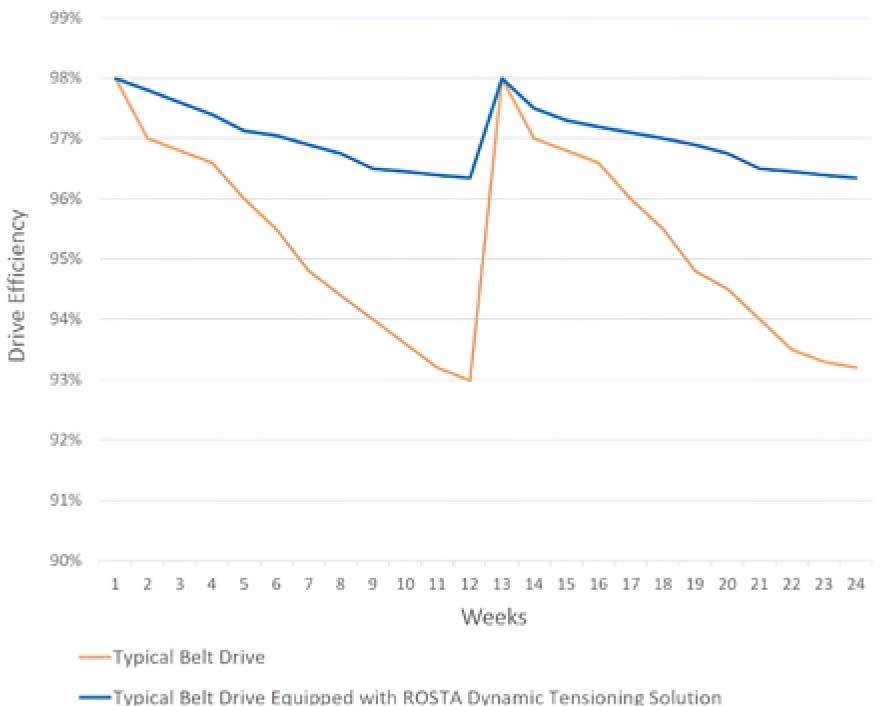PAESE
POTENZA DEI MOTORI
N. DI MOTORI
SETTIMANE LAVORATIVE ALL'ANNO
ORE DI LAVORO AL GIORNO
GIORNI LAVORATIVI PER SETTIMANA
COSTO DELL'ELETTRICITÀ [ARS PER KWH]
ARSGRAMMI DI CO2 PER KWH
Una tipica trasmissione a cinghia trapezoidale con regolazioni manuali periodiche della tensione della cinghia
EMISSIONI STIMATE DI CO2e
TONNELLATE AL GIORNO
0.73
TONNELLATE ALL’ANNO
211.5
Costo stimato dell'elettricità per i motori selezionati
ARS AL GIORNO
9,129
ARS ALL’ANNO
2,629,018
Stessa tipica trasmissione a cinghia trapezoidale con la tecnologia di tensionamento dinamico ROSTA
Riduzione media delle emissioni di CO2e
TONNELLATE AL GIORNO
0.03
TONNELLATE ALL’ANNO
9.0
Risparmio medio sui costi dell'elettricità
EURO AL GIORNO
388
EURO ALL’ANNO
111,873


